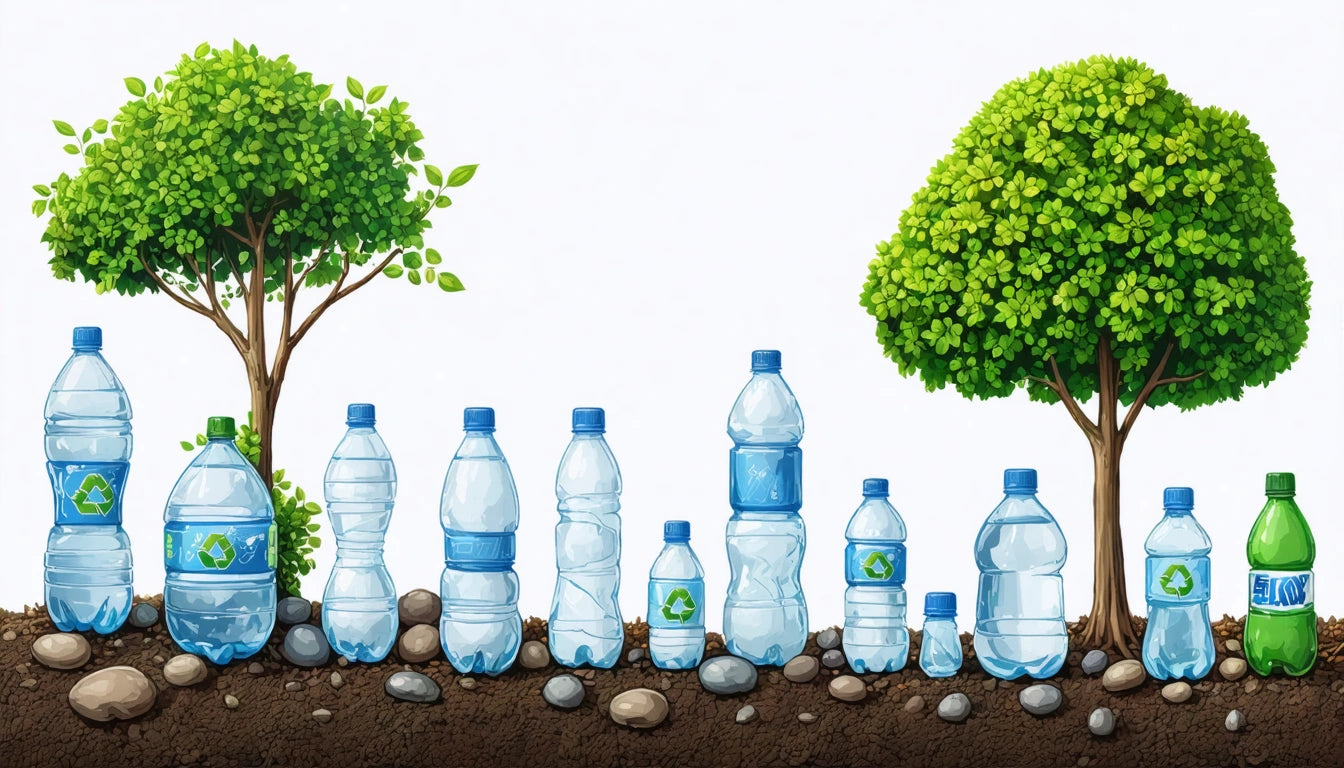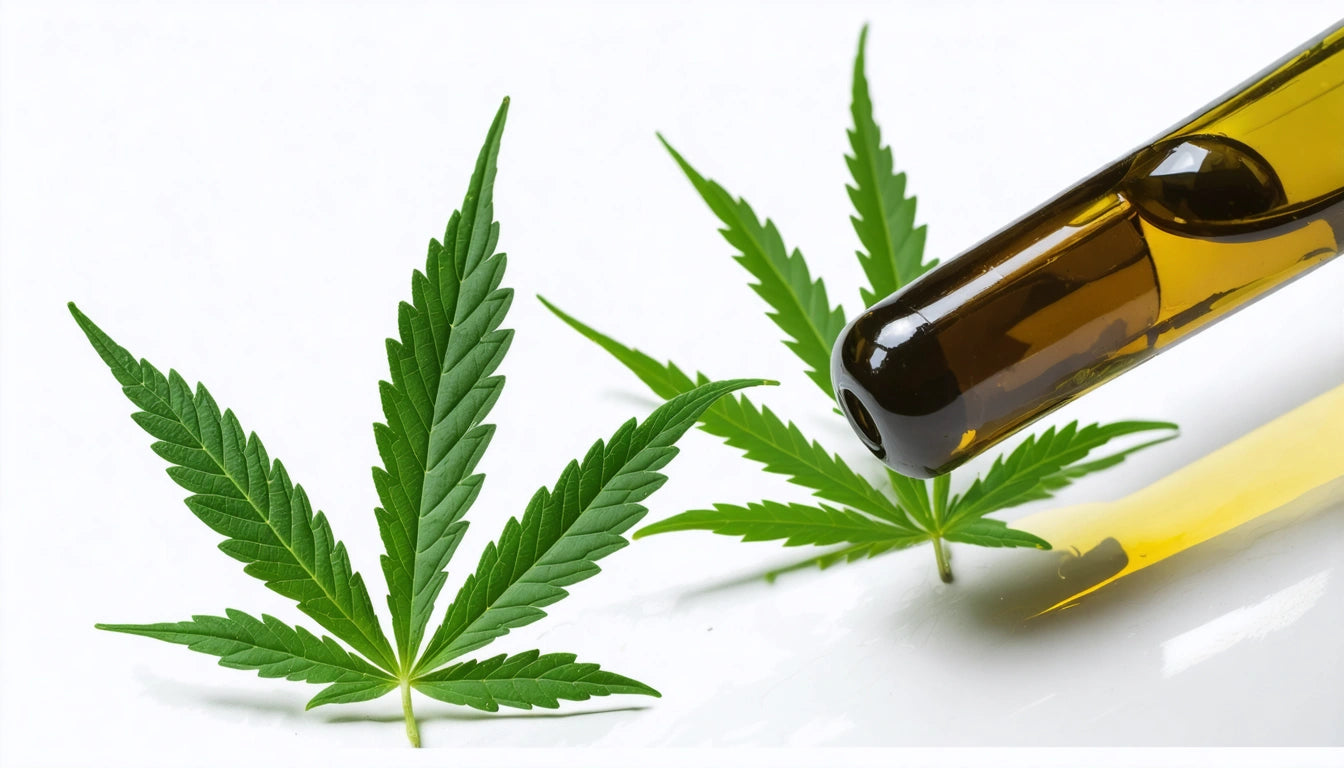Table of Contents
- The Global Recycling Reality: Facts vs. Perception
- Material Recycling Rates: Winners and Losers
- Aluminum Recycling: A Circular Economy Success Story
- Plastic Recycling: Challenges and Limitations
- Paper and Cardboard: High Volume Recovery
- Glass Recycling: Untapped Potential
- Consumer Participation: How Many People Actually Recycle?
- Future Recycling Innovations and Industry Transformations
The Truth About Global Recycling: What Really Gets Recycled?
Recycling has become a cornerstone of environmental responsibility, with blue bins a common sight in homes worldwide. But despite widespread participation in recycling programs, a significant gap exists between what goes into recycling bins and what actually gets processed into new materials. This disconnect raises important questions about how much waste is recycled globally and the effectiveness of our current systems.
The Global Recycling Reality: Facts vs. Perception
While many consumers faithfully sort their waste, the global recycling system processes far less material than commonly believed. Worldwide, approximately 16-18% of all waste materials are recycled, though rates vary dramatically by country and material type. High-income countries generally recycle between 20-35% of municipal waste, while developing nations often manage less than 10%.
This reality stands in stark contrast to public perception. A 2020 consumer survey found that most people estimate recycling success rates at 60-70%, revealing a significant expectation gap. Understanding actual recycling rates helps consumers make more informed decisions about waste reduction strategies.
Material Recycling Rates: Winners and Losers
Recycling effectiveness varies dramatically by material type. Some materials boast impressive recovery rates, while others struggle with technical and economic challenges:
- Aluminum: 75% global recycling rate
- Paper/Cardboard: 58% global recycling rate
- Glass: 34% global recycling rate
- Plastic: 9% global recycling rate
These disparities stem from differences in material value, processing complexity, and market demand for recycled content. The economic viability of recycling plays a crucial role in determining what actually gets processed.
Aluminum Recycling: A Circular Economy Success Story
The question "can aluminum be recycled?" has a resounding answer: not only can it be recycled, but it represents one of our most successful recycling streams. Approximately 75% of all aluminum ever produced is still in circulation today. In some countries, aluminum can recycling rates exceed 90%.
This success stems from aluminum's inherent value and the significant energy savings recycling provides. Recycling aluminum cans uses 95% less energy than producing new aluminum from bauxite ore. The economic incentive drives high collection rates, with aluminum's value making it worthwhile to recover even in regions with limited recycling infrastructure.
Plastic Recycling: Challenges and Limitations
The 9% Reality
The question "does plastic actually get recycled?" reveals a sobering reality. Globally, only about 9% of plastic waste has ever been recycled. Each year, of the 380 million tons of plastic produced, less than 10% finds its way back into the production cycle. This low rate stems from multiple challenges, including:
- Diverse resin types that can't be recycled together
- Contamination issues that degrade quality
- Limited market demand for recycled plastics
- High collection and sorting costs
Understanding plastic recycling limitations helps consumers make more informed choices about packaging materials. For instance, PET (Type 1) and HDPE (Type 2) plastics have relatively higher recycling rates of 20-30%, while mixed plastics (Types 3-7) often end up in landfills despite being placed in recycling bins.
Paper and Cardboard: High Volume Recovery
Paper and cardboard represent the largest volume of successfully recycled materials globally. Approximately 58% of paper products are recovered and reprocessed into new materials. In some countries, paper recycling rates exceed 70%, making it one of the most effectively recycled materials.
The success of paper recycling stems from well-established collection systems, relatively simple processing requirements, and strong markets for recycled paper products. Cardboard recycling in particular has been boosted by the growth of e-commerce, creating consistent demand for recycled cardboard packaging.
Glass Recycling: Untapped Potential
Glass represents a material with excellent recycling potential but inconsistent recovery rates. Globally, about 34% of glass containers are recycled, though rates vary dramatically by region. Some European countries achieve glass recycling rates above 90%, while the United States manages only about 31%.
Glass can be recycled indefinitely without quality loss, making it theoretically ideal for circular economy models. However, its weight and transportation costs, combined with single-stream contamination issues, often limit glass recycling effectiveness. In some markets, container manufacturers have shifted to using specialized closures and caps for glass containers that improve both functionality and recyclability.
Consumer Participation: How Many People Actually Recycle?
Approximately 4 billion people worldwide have access to recycling services, though participation rates vary significantly. In developed nations, between 60-80% of households report regularly recycling, while global participation averages closer to 50% of those with access.
Despite growing environmental awareness, recycling participation faces several barriers:
- Confusion about what can be recycled
- Inconvenient collection systems
- Lack of space for sorting materials
- Skepticism about whether materials actually get recycled
Education about recycling symbols and proper identification can significantly improve participation rates and reduce contamination, which remains one of the biggest challenges to effective recycling.
Future Recycling Innovations and Industry Transformations
The recycling industry is undergoing significant transformation to address current limitations. Innovations include:
- Advanced sorting technologies using AI and robotics
- Chemical recycling processes for previously unrecyclable plastics
- Blockchain-based tracking systems for material transparency
- Incentive programs that reward proper recycling
Extended Producer Responsibility (EPR) programs are shifting recycling costs to manufacturers, creating incentives for more recyclable product design. Meanwhile, post-consumer recycled content is becoming increasingly valuable as brands commit to sustainability goals.
While current recycling rates may seem disappointing, understanding these limitations is driving meaningful innovation. The future of recycling lies not just in improving current systems, but in redesigning products for circularity from the start.











Leave a comment
All comments are moderated before being published.
This site is protected by hCaptcha and the hCaptcha Privacy Policy and Terms of Service apply.